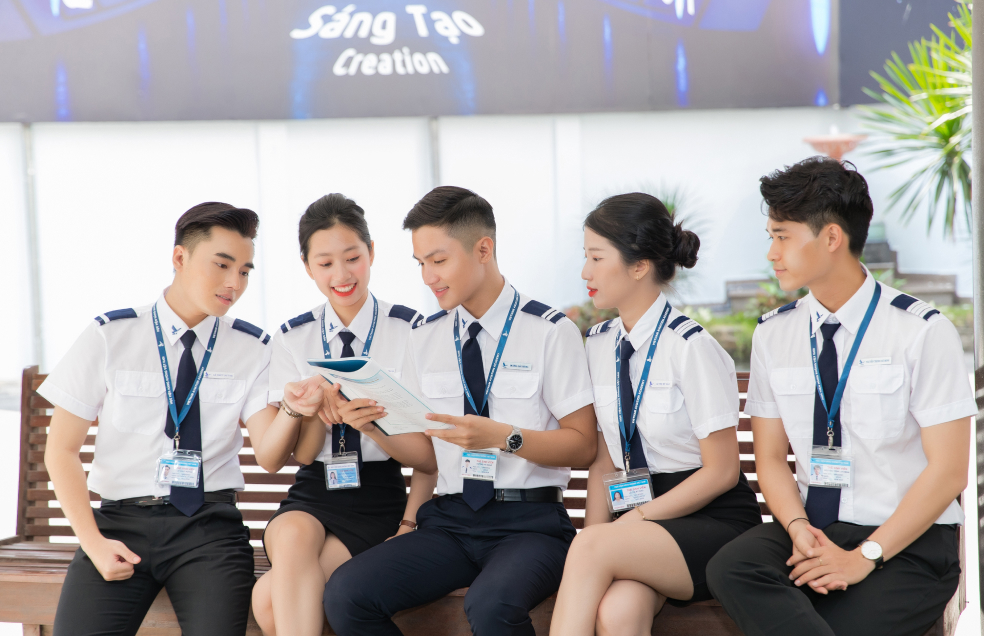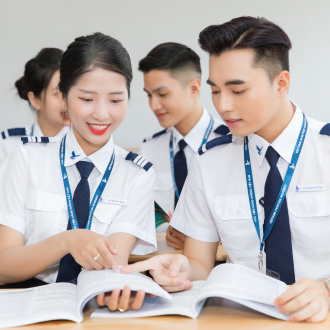Workshop on Developing a Strategic Plan for the Vietnam Aviation Academy: Resolutely Realizing Key Strategic Objectives
Over two working days from December 21-22, 2024, in Phan Thiet City, the Vietnam Aviation Academy organized a series of workshops titled “Vietnam Aviation Academy: Development Strategy to 2035, Vision to 2050 with Artificial Intelligence, Internet of Things, Big Data, and Blockchain Technologies.” The workshops aimed to bring together the intellectual contributions of key stakeholders to formulate and implement critical policies for the academy’s overall development.

Assoc. Prof. Dr. Tran Hoai An presenting the draft strategy at the workshop
The event was attended by Assoc. Prof. Dr. Tran Hoai An, Chairman of the Academy Council; Dr. Nguyen Thi Hai Hang, Director of the Academy; Prof. Dr. Ha Nam Khanh Giao, Vice Director of the Academy; Dr. Co Tan Anh Vu, Vice Director of the Academy, along with department heads, faculty leaders, and other senior staff from affiliated units.
During the workshop, a wealth of critical information was shared, and consensus was reached on key strategic pillars. Among the most notable strategies was the following:
1. Renaming to Vietnam Aerospace University (VAU)
According to the announcement, the Vietnam Aviation Academy will be renamed the Vietnam Aerospace University to align with its development orientation. The new name reflects its multi-disciplinary, multi-field educational approach, with a core focus on aviation and aerospace-related fields. This change aims to enhance the academy’s brand value and steer it toward sustainable development.

Dr. Nguyen Thi Hai Hang’s Remarks
The new name will clearly reflect the academy’s developmental direction and strategic focus in the coming stages. It will also facilitate greater public recognition of the institution’s brand and help future generations of students better identify the academy’s core educational fields. Currently, the academy is working on a proposal to determine the most suitable model, ensuring compliance with legal regulations while preserving its traditions and established brand identity.
2. Establishment of Campus 4 in Long Thanh District, Dong Nai Province (Long Thanh Branch)
According to Assoc. Prof. Dr. Tran Hoai An, Chairman of the Academy Council, the new branch of the Vietnam Aviation Academy in Long Thanh is planned to span an area of 32 hectares, located approximately 5 kilometers from Long Thanh International Airport. The campus will feature state-of-the-art facilities, including advanced classrooms, laboratories, and simulators.
The Long Thanh Branch is expected to be developed over three phases, spanning 15 years from 2026 to 2040, with a total projected budget of approximately VND 25 trillion. This funding will be sourced from the academy’s revenue-generating activities.

Master Vu Hoang Minh – Head of Testing and Quality Assurance Department – Presents the Strategy
Phase 1 (2026–2030) will focus on constructing facilities to accommodate 5,000 students. Phase 2 (2032–2035) will expand the campus to support 10,000 students. Phase 3 (2036–2040) aims to complete the development of the entire Long Thanh Branch.
The branch will emphasize training programs tailored to meet the demand for international-standard aviation human resources, including:
- Flight Operations Management
- Air Traffic Management Systems
- Aeronautical Engineering
- Unmanned Aerial Vehicles (UAVs, Drones, Flycams)
- Aviation Economics
- Aviation Business Administration
- Logistics and Multimodal Transport
- Logistics and Supply Chain Management
- Automation and Control
- UAV and Robotics Control
- International Business
- International Trade
- International Marketing, and more.
3. Promoting Digital Transformation into a Smart University – AI University
This represents a significant milestone, underscoring the academy’s commitment to integrating technology and artificial intelligence into operations, teaching, learning, research, and student experiences.
As part of the conference, Assoc. Prof. Dr. Tran Hoai An outlined a phased implementation plan, highlighting how AI would drive changes in curriculum development, resource creation, teaching methods, administration, and learning processes.


Academy Leadership Performs the Strategic Spaceship Launch Ceremony
During the workshop series, several significant announcements were made, and consensus was reached on 13 key strategic pillars. These included upgrading Campus 1 and Campus 2, enhancing the information technology infrastructure, pursuing institutional accreditation under AUN-QA standards, and positioning the academy among the top 20 universities in Vietnam. These initiatives were met with unanimous agreement and enthusiastic support from all participants, reflecting a shared commitment to achieving the academy’s goals.
The workshop series concluded in a spirit of solidarity and unanimity among the academy’s leadership, faculty, and staff. Together, they expressed determination to realize the outlined strategic objectives by proactively developing clear action plans and addressing both strengths and weaknesses. Moving forward, the Vietnam Aviation Academy aims to achieve remarkable and breakthrough milestones in its next phase of development.
P.TS & CTSV – TH

Vietnam Aviation Academy compiled national standards on ground radio navigation aid systems

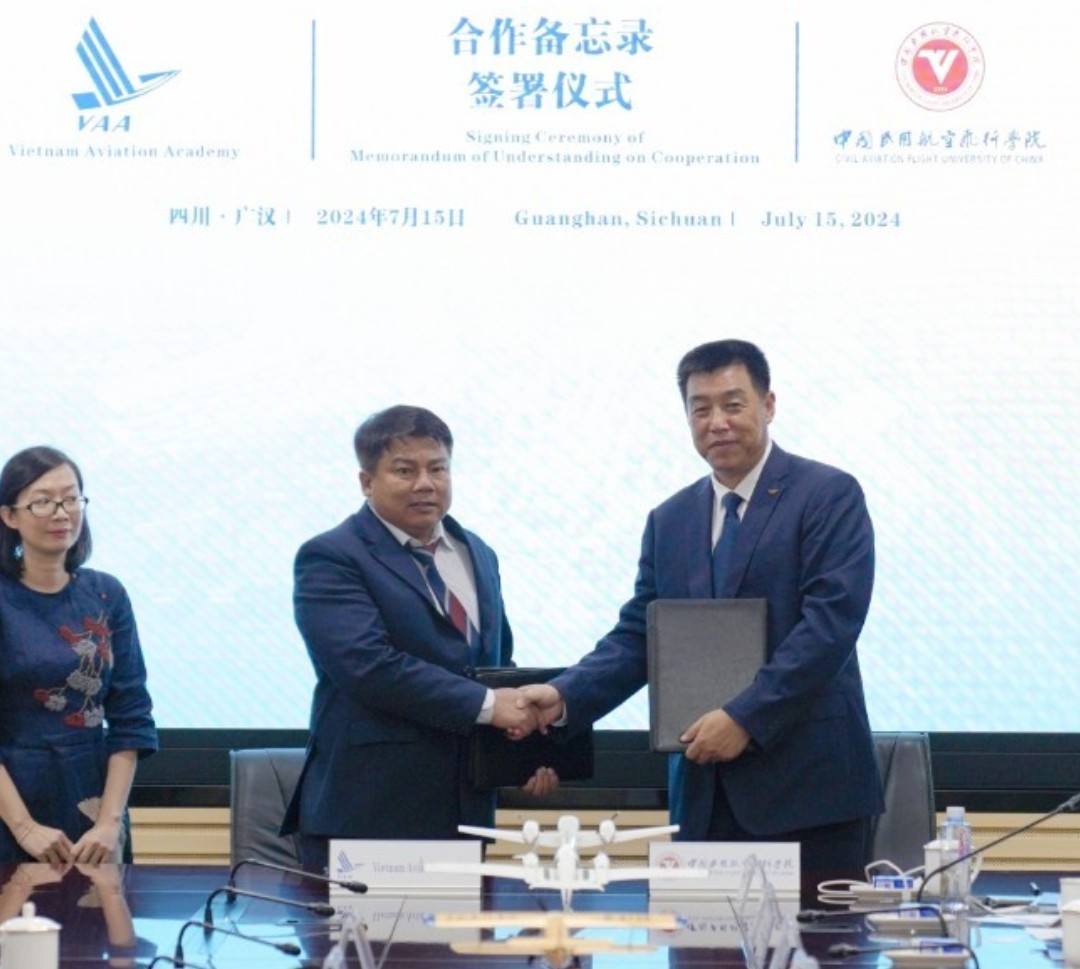
VIETNAM AVIATION ACADEMY HAS SIGNED A COOPERATION AGREEMENT WITH CIVIL AVIATION FLIGHT UNIVERSITY OF CHINA

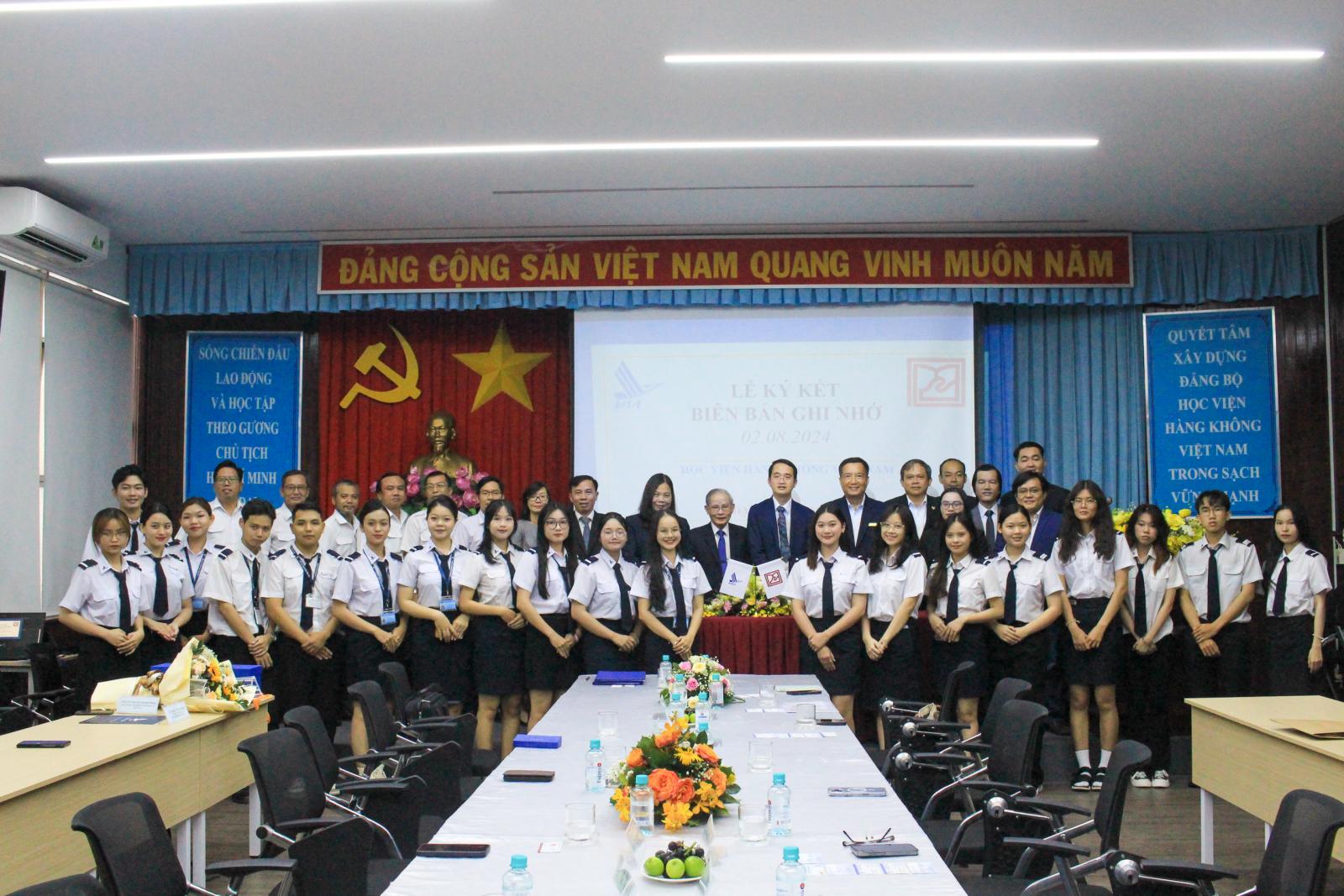
VIETNAM AVIATION ACADEMY AND DUY TAN UNIVERSITY RECOGNIZE EACH OTHER’S CREDITS


VIETNAM AVIATION ACADEMY, ROADMAP TO BECOME A SMART UNIVERSITY DUE TO DIGITAL TRANSFORMATION TECHNOLOGY AND ARTIFICIAL INTELLIGENCE – 4 YEARS IN REVIEW

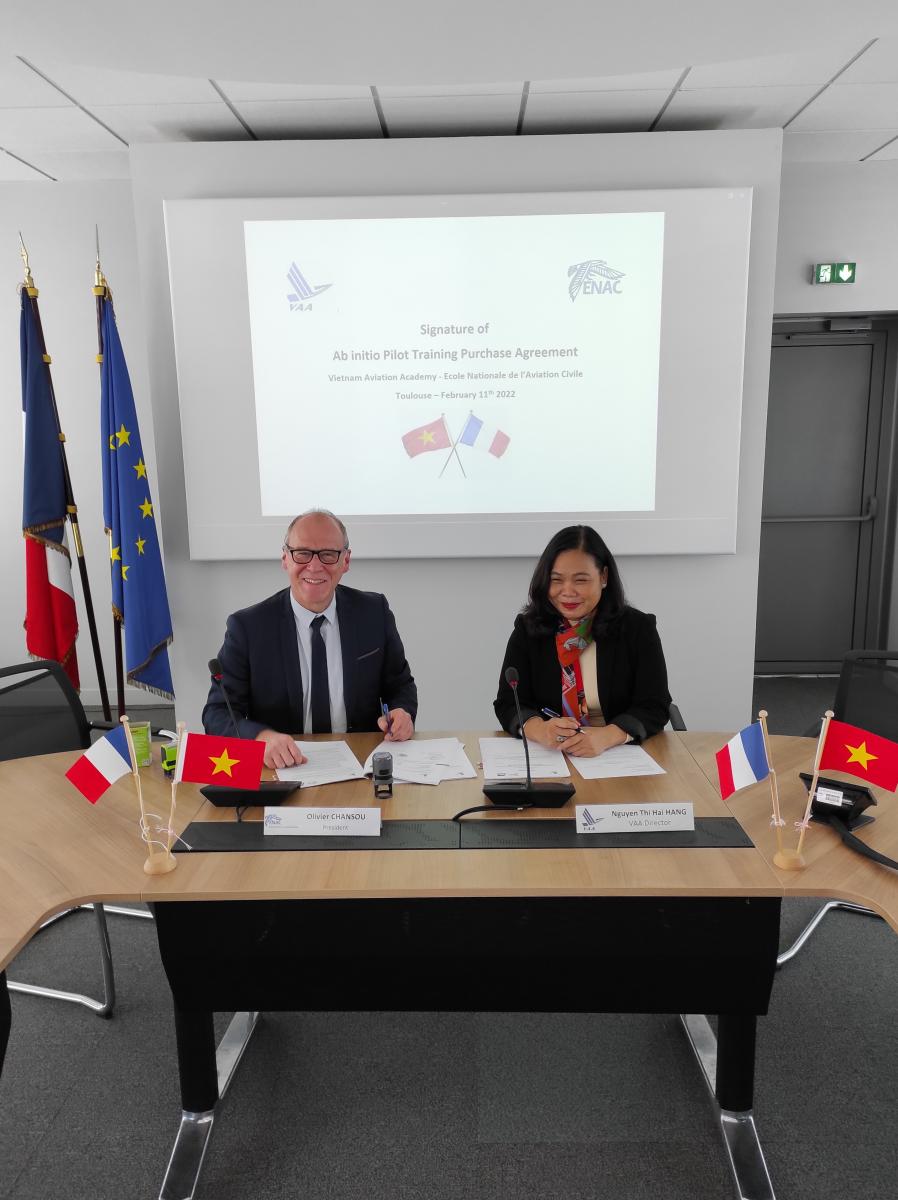
THE FRENCH NATIONAL SCHOOL OF CIVIL AVIATION (ENAC) AND VIETNAM AVIATION ACADEMY (VAA) HAVE SIGNED A TRAINING COOPERATION AGREEMENT FOR BASIC PILOT TRAINING

